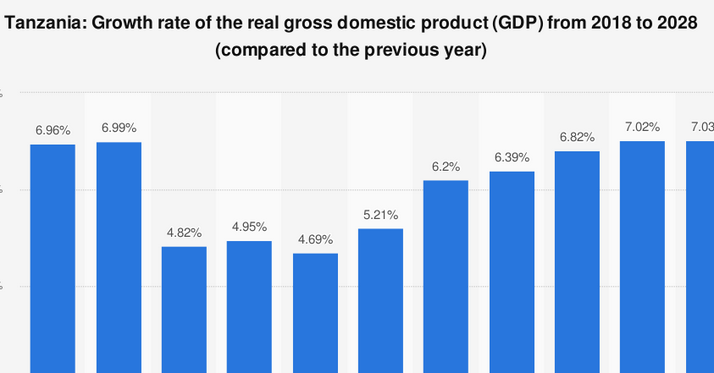However, successful investing is not just about throwing your money into a single asset and hoping for the best. Instead, it’s about diversification – a strategy that spreads your investments across various assets to minimize risk and optimize returns.

Diversification in Investment Portfolios
Understanding Diversification
Diversification is a simple yet powerful concept in the world of finance. It means not putting all your eggs in one basket. By spreading your investments across different asset classes, you reduce the impact of poor performance in any single investment on your overall portfolio.
The Benefits of Diversification
- Risk Reduction: Diversifying your investments is like having a safety net. If one investment underperforms or faces a downturn, the positive performance of other assets can offset those losses. This helps protect your hard-earned money from significant setbacks.
- Enhanced Stability: Diversification brings stability to your investment portfolio. When one asset class experiences volatility, others may remain steady or even thrive, creating a balanced and resilient portfolio.
- Potential for Better Returns: While diversification doesn’t guarantee higher returns, it can optimize your risk-adjusted returns. By balancing high-risk, high-reward investments with more conservative ones, you may achieve consistent, long-term growth.
- Smoothing Out Market Cycles: Markets are cyclical, with periods of growth and decline. Diversifying your investments can help you navigate these cycles more smoothly, as different assets perform differently at various stages of the economic cycle.
Implementing Diversification
To achieve a well-diversified investment portfolio, consider the following strategies:
- Asset Allocation: Spread your investments across different asset classes such as stocks, bonds, real estate, and cash equivalents. The right mix depends on your financial goals, risk tolerance, and investment horizon.
- Geographic Diversification: Invest in both domestic and international markets. Economic conditions in one country may differ from another, and geographic diversification helps mitigate risks associated with a specific region.
- Industry and Sector Diversification: Within asset classes, diversify further by investing in various industries and sectors. For example, if you hold stocks, and own shares in companies from different sectors like technology, healthcare, and energy.
- Risk Tolerance Assessment: Assess your risk tolerance before diversifying. If you’re risk-averse, your portfolio may lean toward safer investments like bonds and real estate investment trusts (REITs). Those with a higher risk tolerance may allocate more to stocks.
Common Mistakes to Avoid
While diversification is essential, here are some common mistakes to steer clear of:
- Over diversification: While diversifying is crucial, spreading your investments too thin can lead to excessive complexity and potentially dilute your returns. Aim for a balance.
- Ignoring Rebalancing: Over time, your portfolio’s asset allocation may drift from your original goals due to the varying performances of different assets. Regularly rebalance to maintain your desired mix.
- Lack of Research: Don’t diversify blindly. Research each investment thoroughly to ensure they align with your goals and risk tolerance.
Conclusion
Diversification is a fundamental strategy for achieving financial stability and growth. By spreading your investments wisely across different assets, you can minimize risk, enhance stability, and potentially reap the benefits of better returns. So, start diversifying today to build a more secure financial future.
Investors can also diversify their portfolios by including alternative assets like cryptocurrencies or even online casinos, but it’s crucial to approach these investments cautiously and to be well-informed about the associated risks.




